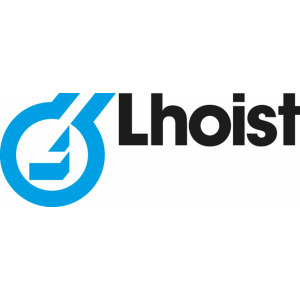The use of Asphacal® TC has become inevitable during road maintenance operations. It preserves the cleanliness of neighboring road network, insures a proper bonding and the performance of surface courses, thus allowing for a long pavement life
INSURING A GOOD BONDING BETWEEN ASPHALT LAYERS
It is known that good bonding of the layers helps to preserve the service life of a roadway over the long term. This is why a tack coat is applied with the objective of effectively bonding the layers together. It ensures distribution of traffic loads over the entire body of the pavement. The tack coat is obtained by spreading a bituminous emulsion at a dosage of 300 to 500 g/m² depending on the nature of the substrate and the coating used. Many studies have been conducted indicating that poor or no bonding between the asphalt layers reduces mechanical resistance and causes degradation such as fatigue cracking and slippage, peeling or bulges.
In the 1980s in France, significant damage affecting more than 1000 km was attributed to deficient tack coats. This caused numerous maintenance operations generating an expense of approximately 2 to 5 times higher than normal.
The tack coat spreading operation is important and requires compliance with good practices to ensure good bonding. Despite this, increasingly intense hot seasons cause the tack coat binder to soften, promoting bonding to the tires and tracks of the machines on the site, creating binder removal from the tack coat, which is then deposited on the neighboring road network, making it look dirty. To limit this problem, sanding/gravelling and spreading water on the bonding layer or cleaning the trucks when leaving the site have been implemented, heavy operations with mixed, often unsatisfactory, results.

Figure 1: Application of Asphacal® TC. Picture courtesy of Lhoist
Lhoist
RoadMat, "Use of Asphacal® TC to protect tack coats", RoadMat Case Study 7, 2024, published August 23, 2024
The information contained in this note is provided in good faith, and every reasonable effort is made to ensure that it is accurate and up to date. Any person relying on any of the information contained in this note or making any use of the information contained herein, shall do so at its own risk. Please, read our Legal Notice (https://www.roadmat.com/en/page/legal/view.html).

